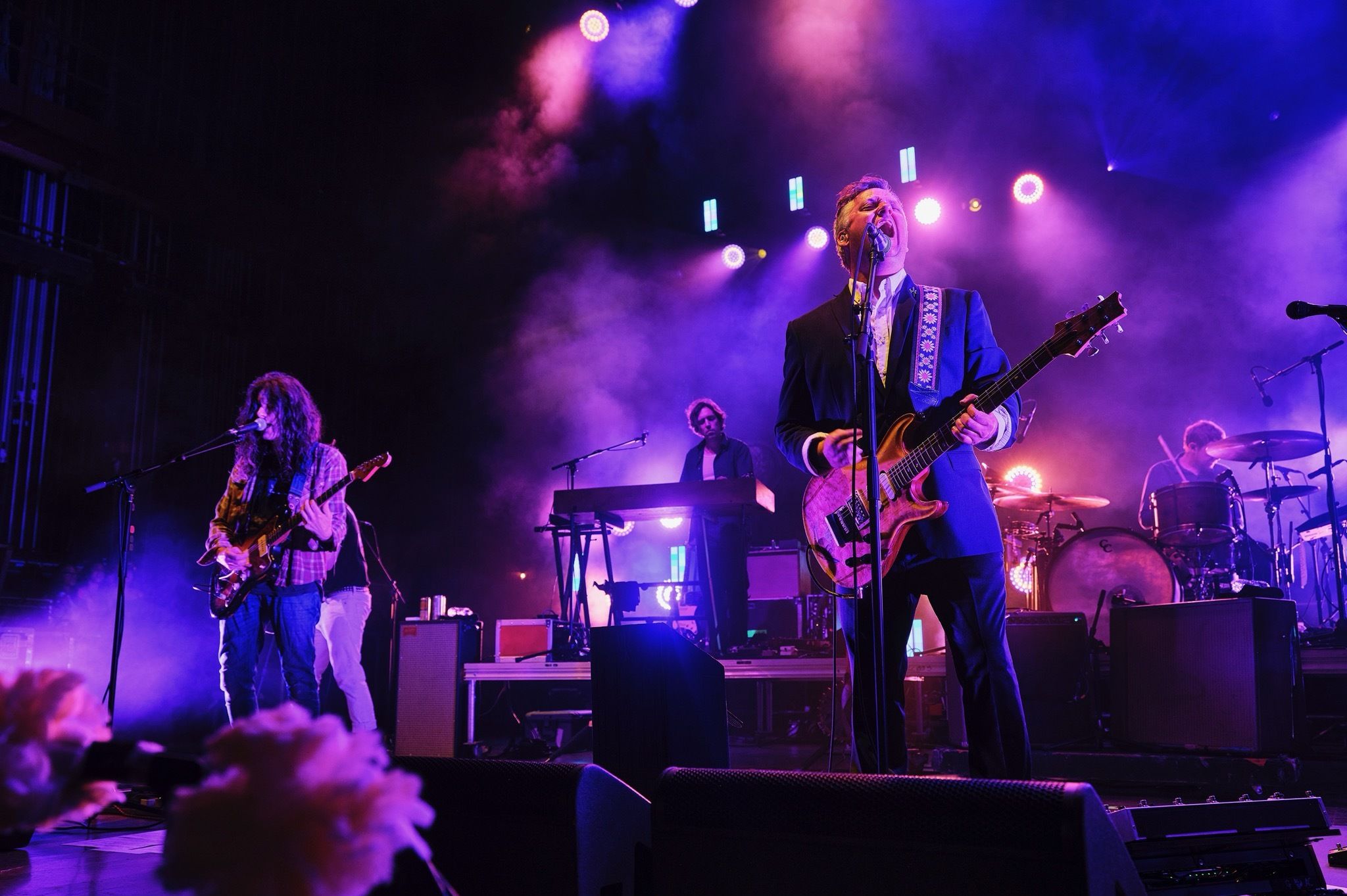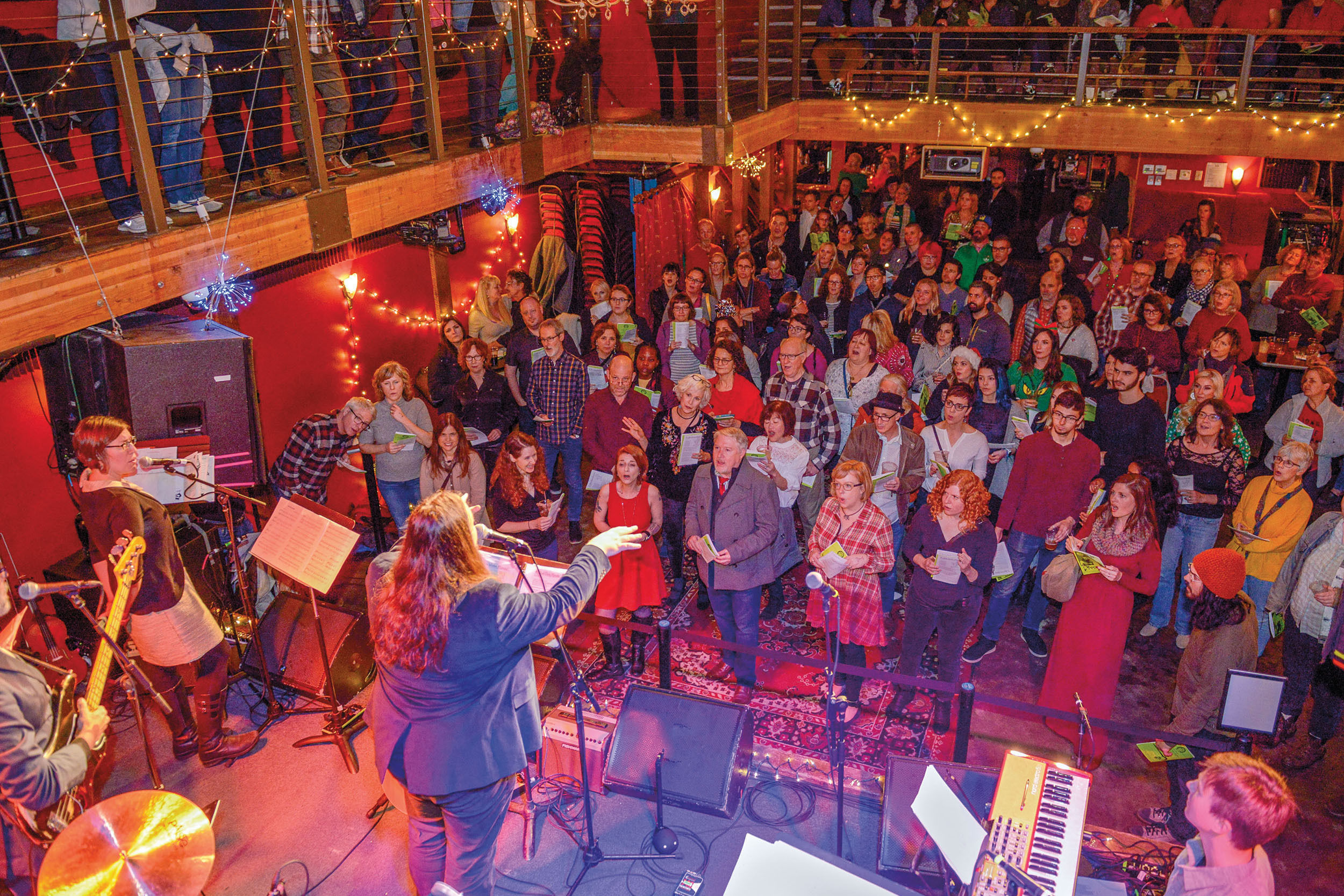The Story of Washington High School's Boom, Bust, and Rebirth as Revolution Hall
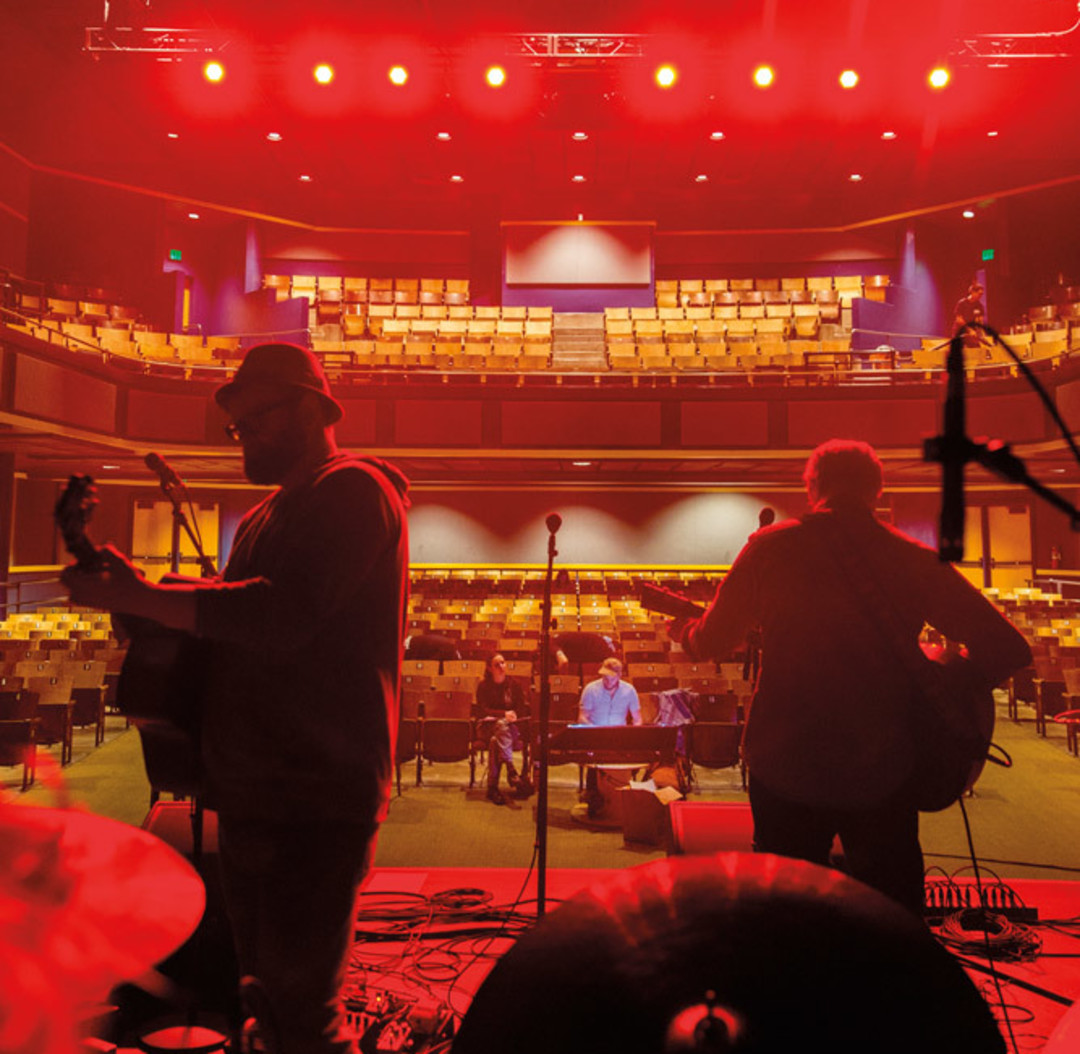
Alialujah Choir, a Portland indie-folk band, warms up for the February soft opening of Revolution Hall.
Image: Leah Nash
Washington High School, for decades a shuttered and forlorn landmark of the inner east side, begins new life this year as Revolution Hall, a state-of-the-art, 830-seat music and theater venue. Besides reanimating a century-old building—which also now holds an eclectic collection of retail and office spaces—Revolution aims to fill a gap in the local music market. “There just aren’t many venues with this kind of capacity,” says events coordinator Rachel Coddington. “You have the small theaters, and then the Schnitz. Revolution Hall will allow for performances by artists who have reached a certain level of popularity.”
Meanwhile, the building’s long history tells a tale of its own—of the east side’s explosive early growth, ’70s doldrums, and current cultural (and property) boom.
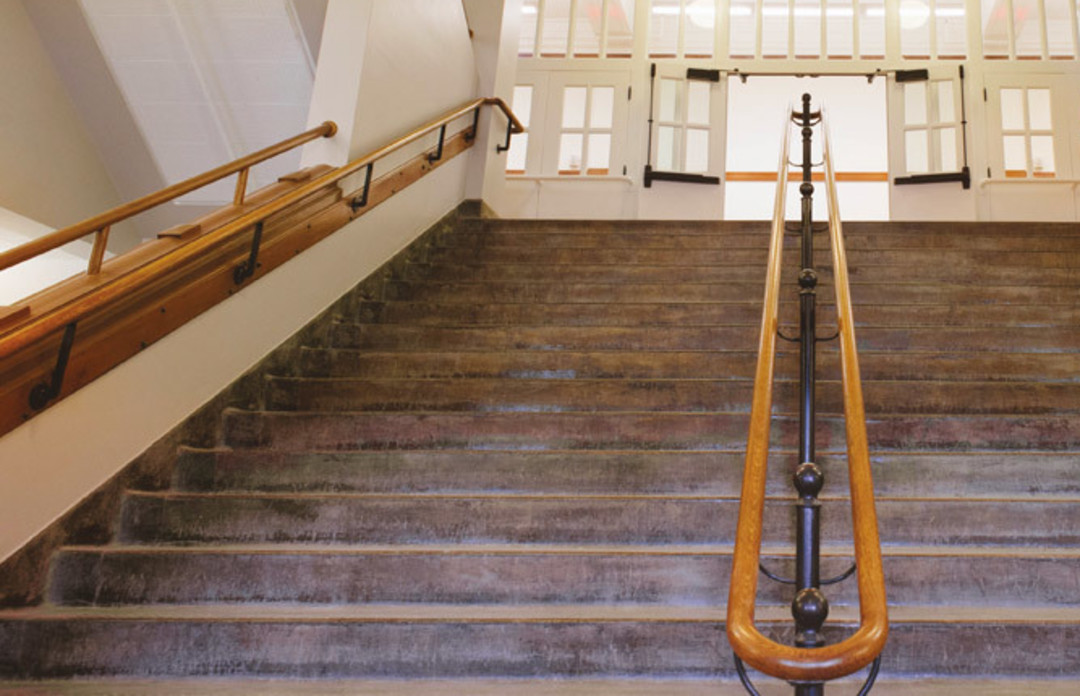
Image: Ashley Courtier
1906: Briefly named the East Side School, Washington is Portland’s first secondary school on the recently annexed “other” side of the river, built during a decade that sees the city’s population more than double.
1917: Future Nobel Prize–winning chemist Linus Pauling quits Washington High at age 16.
1920: James Beard, future culinary icon, graduates.
1922: Washington burns nearly to the ground in a blaze that kills a Portland firefighter.
1924: A new building opens, costing more than $500,000—around $6.7 million today. The Oregonian notes that the school is already “too small” for its 1,826 students.
1928: The boys’ basketball team brings home the state championship after a 27–23 game against Medford High School.
1945: The boys’ hoops team wins the state title for the second time, beating Oregon City 51–41.
1956–7: The school adds spaces for home economics and shop classes.
1962: Linus Pauling receives both an honorary diploma from the school and the Nobel Peace Prize. (His chemistry Nobel came in 1954.)
1978: The district merges Washington with Monroe High School, an all-girls vocational school.
1981: Portland Public Schools’ board votes to close Washington-Monroe High School in the face of falling enrollment districtwide. (The board debates closing as many as three high schools.) About 200 students briefly occupy school district headquarters in protest.
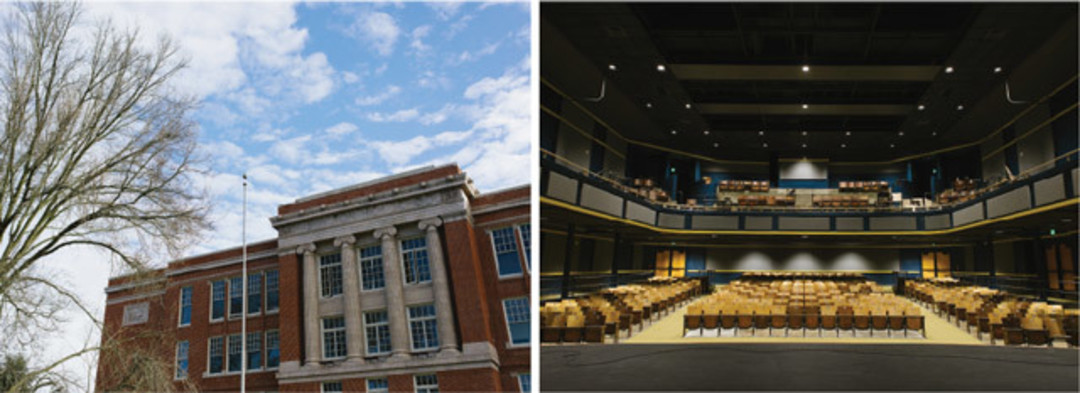
Image: Ashley Courtier
1983: PPS converts the building into a multiuse facility.
2003: A plan to convert the building to condos falls through.
2005: The building is set up to be a center for refugees of Hurricane Katrina—but none ever arrive.
2009–13: PICA’s Time-Based Art Festival uses the building as a performance, exhibition, and party site. The library houses a stage-set version of a national park, classrooms hold dozens of visual art exhibitions, and experimental video art is projected on the exterior walls of the school.
2011: Portland Parks & Recreation makes ambitious plans to convert the building into a community center; the idea never comes to fruition.
2013: The building and property are sold to Venerable Properties for $2 million. Plans for Revolution Hall and the accompanying office and retail spaces take shape.
April 2015: Revolution Hall opens with a slate of performances including Neko Case, the von Trapps, Live Wire, Welcome to Night Vale, Kathleen Hanna, and others.
